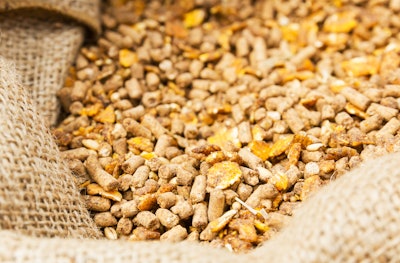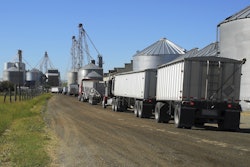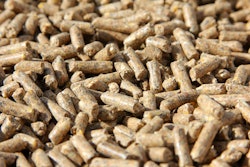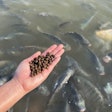
FEFAC, the European Feed Manufacturers’ Federation, forecasts the region’s compound feed production to fall by 0.3% in 2024 from the previous year to 147 million tons (MT).
The main market drivers for this change include economic uncertainty, regulatory changes and ongoing environmental and animal welfare policies. FEFAC said the mixed picture of its 2024 outlook reflects varying trends across livestock sectors and is influenced by economic, regulatory and environmental factors.
Poultry feed production is the only sector expected to grow in 2024, with an anticipated increase of 1.6%. Poultry production has recovered from the effects of avian influenza in 2023 in countries including France, Spain, Portugal and Italy. However, concerns about imported poultry meat and shifts from organic production toward standard conventional production may affect overall market dynamics, FEFAC said.
Pig feed production is expected to see the biggest decline, by 1.6% from 2023. Factors such as a decrease in the number of pigs and economic and disease pressures on farmers, including African swine fever (ASF), will continue to adversely impact production. Countries like Germany, Belgium and The Netherlands are seeing political pressure to reduce emissions or the scale of animal husbandry, resulting in a high level of uncertainty there; meanwhile, Ireland and Poland expect a modest recovery in pig numbers.
FEFAC forecasts cattle feed production to fall by 0.6%, but said the sector could see minor growth or reduction depending on regional conditions. Ireland expects modest growth in cattle feed due to a delayed grazing season, while The Netherlands anticipates further decreases in dairy and beef sectors, driven by ongoing regulatory and environmental challenges.
















